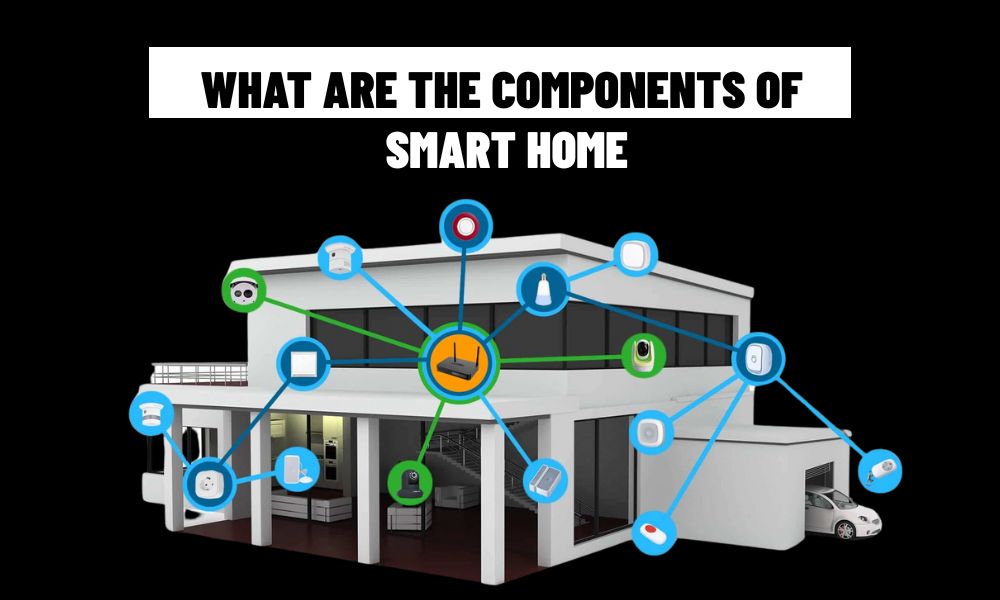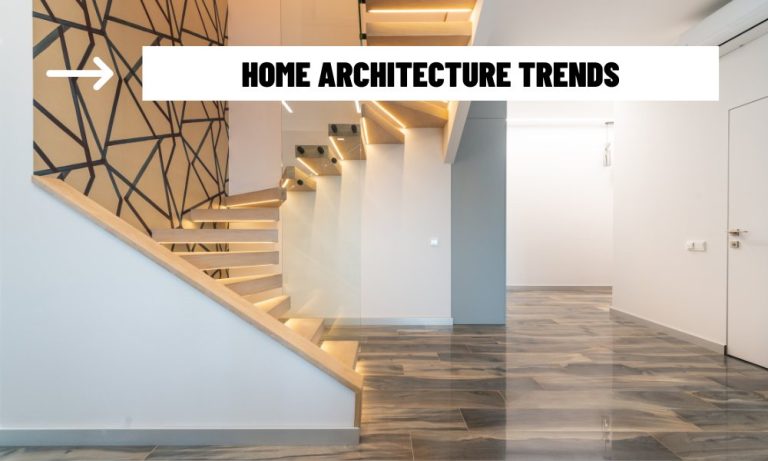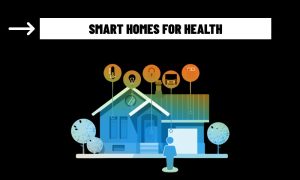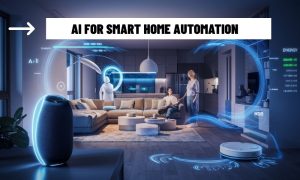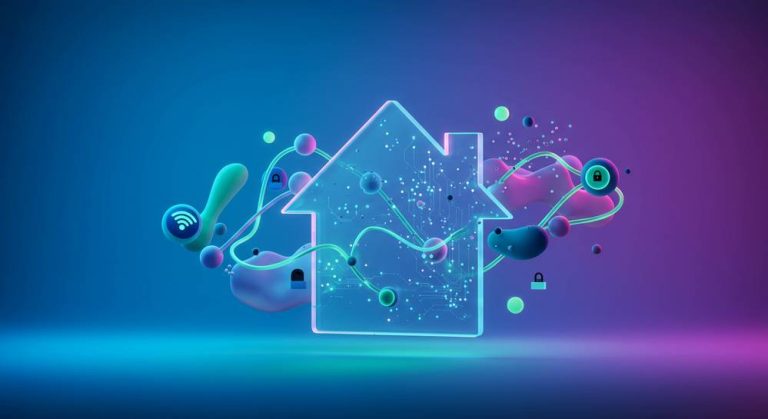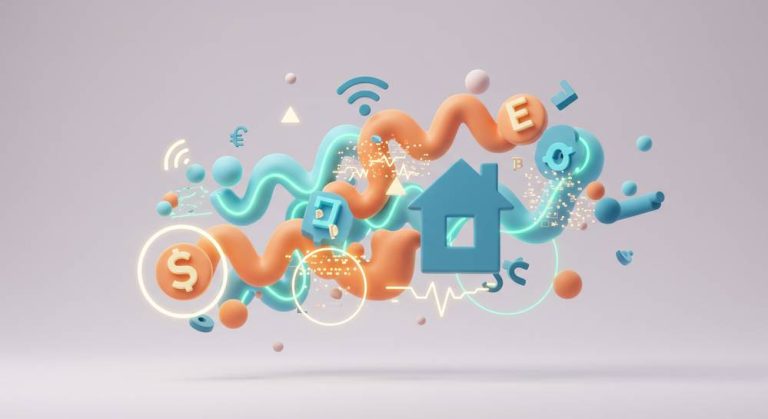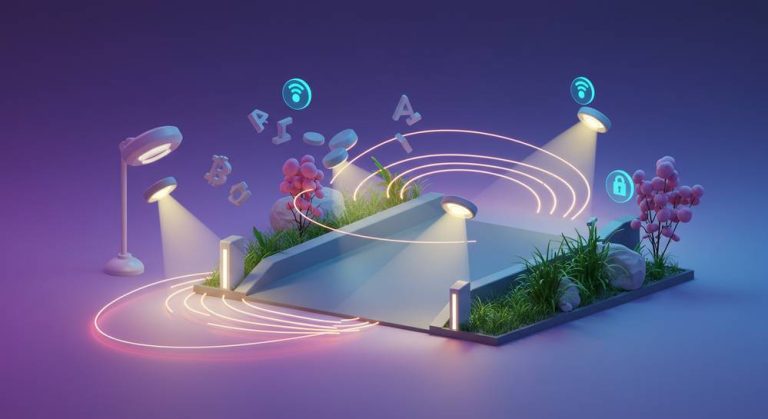Smart homes integrate advanced technologies to create responsive, efficient, and user-centric living spaces. The components of a smart home – sensors, connectivity systems, smart devices, control hubs, and software platforms—work together to automate tasks, enhance security, and promote well-being. These elements form an interconnected ecosystem that adapts to residents’ needs, from optimizing energy use to supporting health. This article explores the essential components of a smart home, their roles, benefits, challenges, and the future of intelligent living.
Key Components of a Smart Home
A smart home’s functionality hinges on several core components, each contributing to its intelligence and responsiveness. Sensors are the foundation, detecting environmental changes like motion, temperature, or air quality. For example, passive infrared (PIR) motion sensors in Ring security systems trigger cameras, while air quality sensors in Awair devices monitor pollutants to activate purifiers. Connectivity systems, using protocols like Wi-Fi, Zigbee, or Thread, enable devices to communicate seamlessly. Zigbee’s low-power mesh network, used in Philips Hue, ensures efficient data exchange.
Smart devices, such as thermostats (e.g., Google Nest), lighting systems (e.g., LIFX), and appliances (e.g., Samsung SmartThings refrigerators), execute actions based on sensor data. Control hubs, like Amazon Echo or Apple HomePod, serve as central command units, processing inputs and coordinating devices. Software platforms, including mobile apps and cloud-based AI, provide user interfaces and analytics, enabling remote control and personalized automation. For instance, the Google Home app allows users to set routines, like dimming lights and locking doors at bedtime.
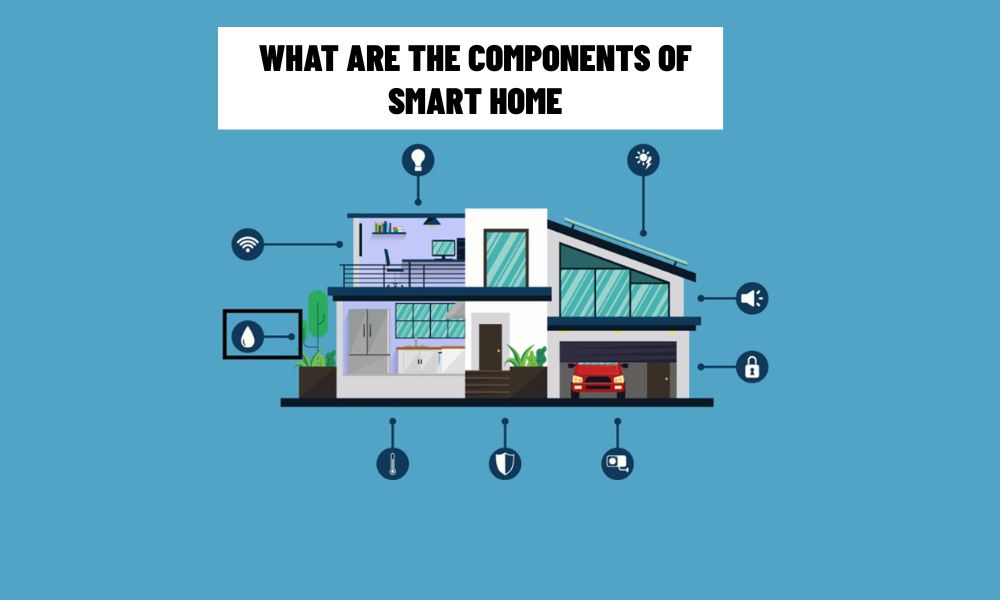
How Components Work Together
The synergy of these components creates a cohesive smart home. Sensors collect real-time data—motion, humidity, or health metrics from wearables like Fitbit. Connectivity systems transmit this data to hubs or cloud platforms, where AI processes it to trigger actions. For example, if a humidity sensor detects high moisture, the hub may activate a dehumidifier and adjust Human-Centric Lighting (HCL) to warmer tones for comfort. Smart devices execute these commands, while apps provide user oversight, ensuring seamless operation. Local processing, as in Apple HomeKit, ensures rapid responses, while cloud integration supports complex tasks like predictive energy management.
Applications and Benefits of Smart home components
Smart home components enable diverse applications that enhance daily life. Automation streamlines tasks, such as lights adjusting based on occupancy or thermostats optimizing energy use, reducing utility costs by up to 20%. Security is bolstered by motion sensors and smart locks, offering real-time alerts and remote monitoring. Health-focused components, like air quality sensors and HCL, improve respiratory health and sleep quality, with studies showing a 15% boost in sleep efficiency from circadian-aligned lighting. Safety features, such as leak or smoke sensors, prevent damage and protect residents. These benefits make homes more convenient, cost-effective, and wellness-oriented.
Challenges and Solutions of Smart home components
Despite their advantages, smart home components face challenges. Interoperability issues arise when devices from different brands fail to integrate, though the Matter standard, backed by Apple and Google, is fostering compatibility. Privacy concerns stem from data collection, requiring end-to-end encryption and transparent policies. High costs can limit adoption, but modular systems allow gradual upgrades. Connectivity disruptions risk functionality, mitigated by edge computing for offline capabilities. Ensuring user-friendly interfaces is critical, with apps simplifying setup and control to accommodate non-technical users.
Future Potential of Smart home components
The future of smart home components is transformative. AI will enhance sensor accuracy, predicting needs like adjusting air quality before pollen spikes. Connectivity will improve with 5G and upcoming 6G, enabling real-time applications with minimal latency. Smart devices will become more sustainable, with energy-harvesting sensors reducing battery use. Health-focused innovations, such as wearables syncing with medical-grade sensors, will tailor environments to chronic conditions. Blockchain-based systems could secure data, giving users control over their information. As these components evolve, smart homes will become more intuitive, integrating with smart cities for shared energy or safety data.
The components of a smart home—sensors, connectivity systems, smart devices, hubs, and software—form a dynamic ecosystem that automates tasks, enhances security, and supports health. Their ability to collect, process, and act on data creates responsive living spaces tailored to user needs. While challenges like privacy and compatibility persist, advancements in AI, connectivity standards, and sustainable design are driving progress. As smart home components continue to innovate, they will redefine modern living, creating homes that are not only intelligent but also proactive partners in resident well-being.
